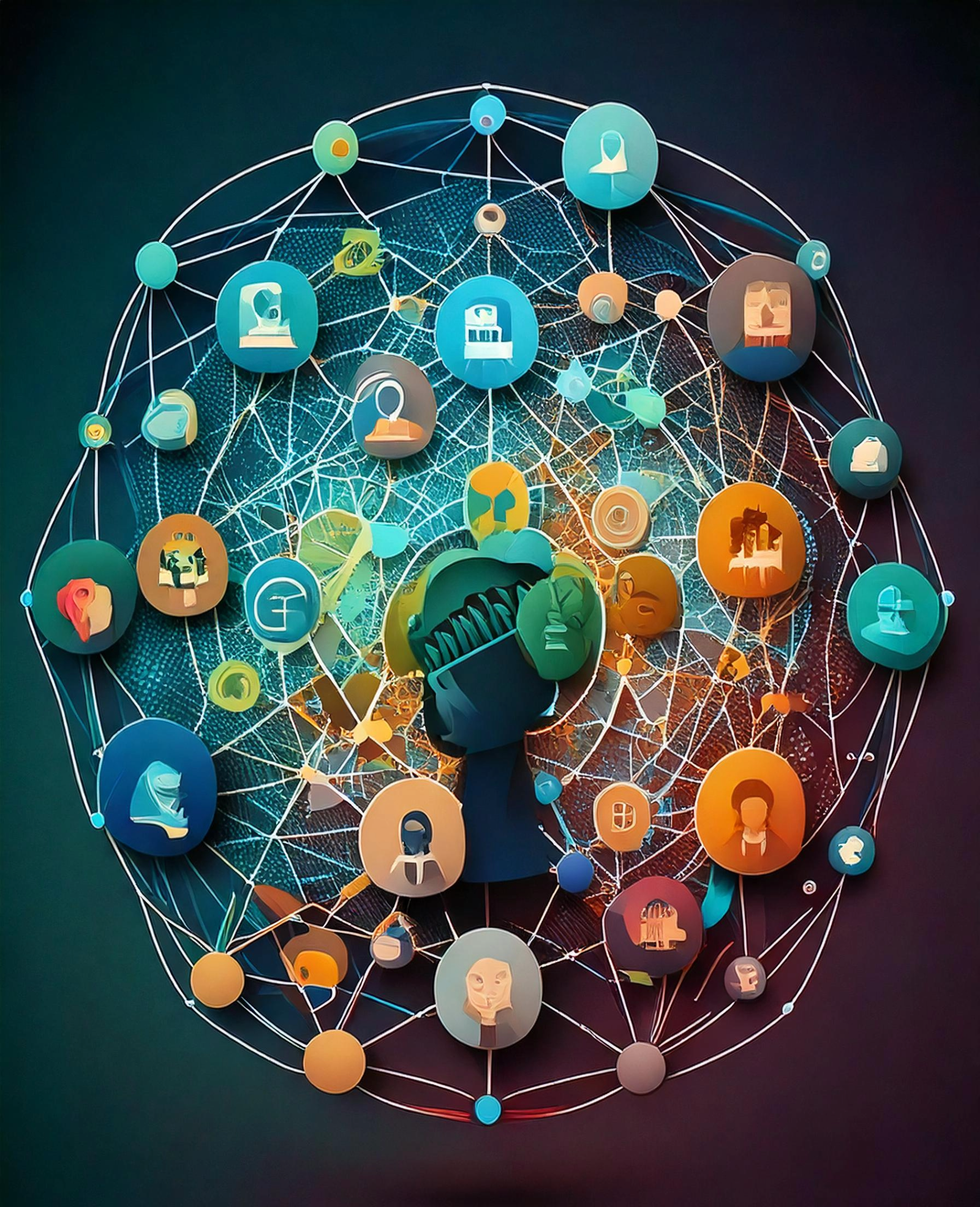In recent years, artificial intelligence (AI) has emerged as a transformative force, reshaping industries from healthcare to finance. One area often overlooked in the broader discourse is the profound impact AI has on communication—how we share ideas, connect with others, and interpret information. This article explores the intersection of AI and communication, highlighting its applications, challenges, and future potential.
AI in Everyday Communication
AI has seamlessly integrated into our daily communication. Virtual assistants like Siri and Alexa interpret our spoken commands, while chatbots handle customer queries with increasing sophistication. Tools like Grammarly use AI to enhance written communication, ensuring clarity and tone align with the writer’s intent. These technologies not only streamline communication but also make it more accessible for non-native speakers and those with disabilities.
Personalization at Scale
AI’s ability to analyze vast amounts of data has revolutionized personalized communication. Platforms like Netflix and Spotify use AI to tailor recommendations, while email marketing campaigns employ AI to craft messages that resonate with individual recipients. This level of personalization fosters deeper connections between brands and consumers, enhancing user experience and loyalty.
AI in Organizational Communication
Within organizations, AI is transforming internal and external communication. AI-powered tools like Slack bots automate routine tasks, such as scheduling meetings or answering FAQs. Natural Language Processing (NLP) algorithms analyze employee feedback to gauge sentiment and address concerns proactively.
Enhancing Collaboration
AI-driven platforms like Zoom integrate real-time transcription and translation features, breaking down language barriers in global teams. Additionally, AI can summarize lengthy documents or meeting notes, enabling faster decision-making and improving productivity.
AI’s Role in Media and Journalism
The media industry has embraced AI to streamline content creation and dissemination. News organizations like the Associated Press use AI to draft news stories, particularly for data-heavy topics such as financial reports or sports scores. AI-powered tools analyze social media trends, helping journalists identify emerging stories.
Combatting Misinformation
AI plays a crucial role in identifying and mitigating misinformation. Machine learning models detect fake news by analyzing patterns in content and distribution. Platforms like Google and Facebook leverage AI to flag suspicious content, fostering a more trustworthy information ecosystem.
Challenges of AI in Communication
While AI offers numerous benefits, it also presents challenges that must be addressed.
Bias in AI Models
AI systems are only as unbiased as the data they are trained on. If datasets reflect societal biases, AI may inadvertently amplify them. For instance, biased language models can perpetuate stereotypes, leading to problematic communication outcomes.
Privacy Concerns
AI’s reliance on data raises significant privacy issues. From chatbots to recommendation engines, AI systems often require access to personal information. Ensuring data security and user consent is paramount to maintaining trust.
Loss of Human Touch
As AI takes on more communication roles, there’s a risk of losing the human element. While AI excels at efficiency, it may lack the empathy and nuance critical for sensitive interactions, such as counseling or conflict resolution.


The Future of AI and Communication
The future holds exciting possibilities for AI-driven communication. Emerging technologies like generative AI promise to revolutionize creative industries, enabling machines to produce compelling text, images, and even videos. Conversational AI systems are evolving to provide more natural, context-aware interactions.
AI-Enhanced Learning and Training
AI is poised to transform education and professional training. AI-driven platforms provide personalized learning experiences, adapting to individual needs and skill levels. Virtual reality (VR) combined with AI offers immersive language learning and communication skills training.
Fostering Inclusivity
Advances in AI are making communication more inclusive. Real-time translation tools bridge language gaps, while AI-powered accessibility features, such as speech-to-text and text-to-speech, empower individuals with disabilities.
Conclusion
AI is undeniably reshaping the landscape of communication. From enhancing personalization to breaking down language barriers, its applications are vast and transformative. However, as we embrace these innovations, it’s essential to navigate the accompanying challenges responsibly. By prioritizing ethics, inclusivity, and transparency, we can harness AI’s potential to create a future where communication is more efficient, equitable, and impactful than ever before.
What do you think? Share your thoughts on how AI is transforming communication. Have you experienced the impact of AI in your personal or professional life? Let’s start a conversation below!




